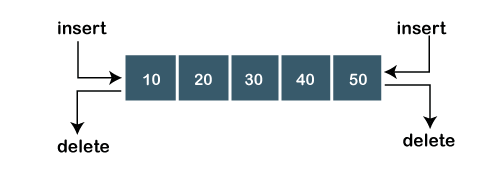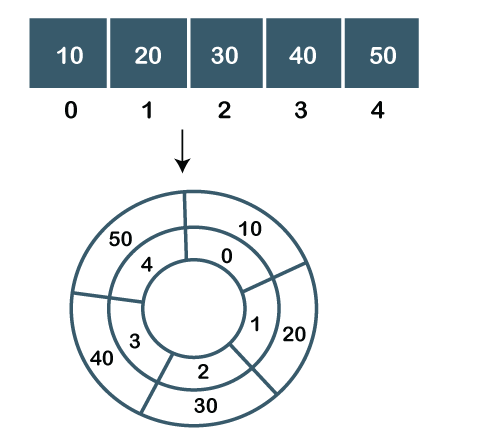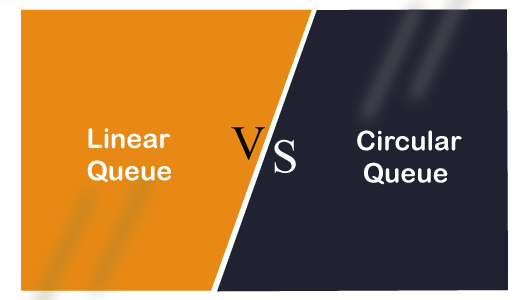Linear vs Circular QueueWhat is a Linear Queue?A linear queue is a linear data structure that serves the request first, which has been arrived first. It consists of data elements which are connected in a linear fashion. It has two pointers, i.e., front and rear, where the insertion takes place from the front end, and deletion occurs from the front end. 
Operations on Linear QueueThere are two operations that can be performed on a linear queue:
What is a Circular Queue?As we know that in a queue, the front pointer points to the first element while the rear pointer points to the last element of the queue. The problem that arises with the linear queue is that if some empty cells occur at the beginning of the queue then we cannot insert new element at the empty space as the rear cannot be further incremented. A circular queue is also a linear data structure like a normal queue that follows the FIFO principle but it does not end the queue; it connects the last position of the queue to the first position of the queue. If we want to insert new elements at the beginning of the queue, we can insert it using the circular queue data structure. In the circular queue, when the rear reaches the end of the queue, then rear is reset to zero. It helps in refilling all the free spaces. The problem of managing the circular queue is overcome if the first position of the queue comes after the last position of the queue. 
Conditions for the queue to be a circular queue
If either of the above conditions is satisfied means that the queue is a circular queue. Operations on Circular QueueThe following are the two operations that can be performed on a circular queue are:
Differences between linear Queue and Circular Queue
Next TopicLinear Search vs Binary Search
|
 For Videos Join Our Youtube Channel: Join Now
For Videos Join Our Youtube Channel: Join Now
Feedback
- Send your Feedback to [email protected]
Help Others, Please Share










